Is Acrylic Paint Toxic to Cats? This Is What You Should Know
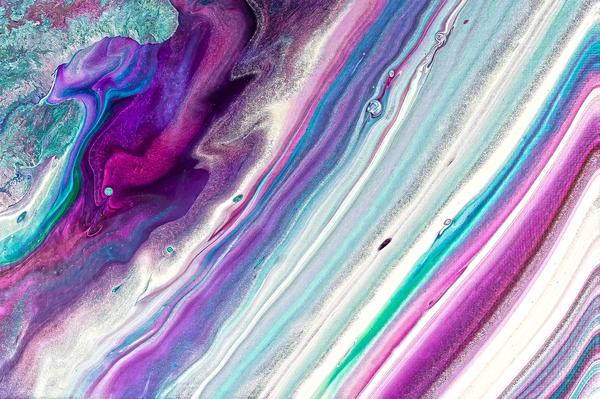
Worried sick about the safety of your feline friends?
Imagine this:
Innocent little paws covered in toxic paint, a trip to the emergency vet, and the guilt eating you alive.
But fret not, because today's guide has all the answers you need.
Let's dive in! 😊
Is Acrylic Paint Safe for Cat Paws?
While acrylic paint is generally non-toxic, caution should be exercised to protect cat paws. Wet paint should be kept away from cats, and they should be kept in a separate room during painting. Store paint and materials out of reach to prevent accidents. Consider safer alternatives.
Acrylic paint can be a sticky situation when it comes to cat paws.
Imagine those adorable little paws covered in paint. Now that's a sight.
But hold on, my friend.
It's not all fun and games.
You see, acrylic paint may cause irritation and allergic reactions if it gets up close and personal with a cat's delicate skin or mucous membranes.
Sure, acrylic paint is generally non-toxic, but precautions need to be taken to keep your cat safe.
First things first, keep cats away from wet paint.
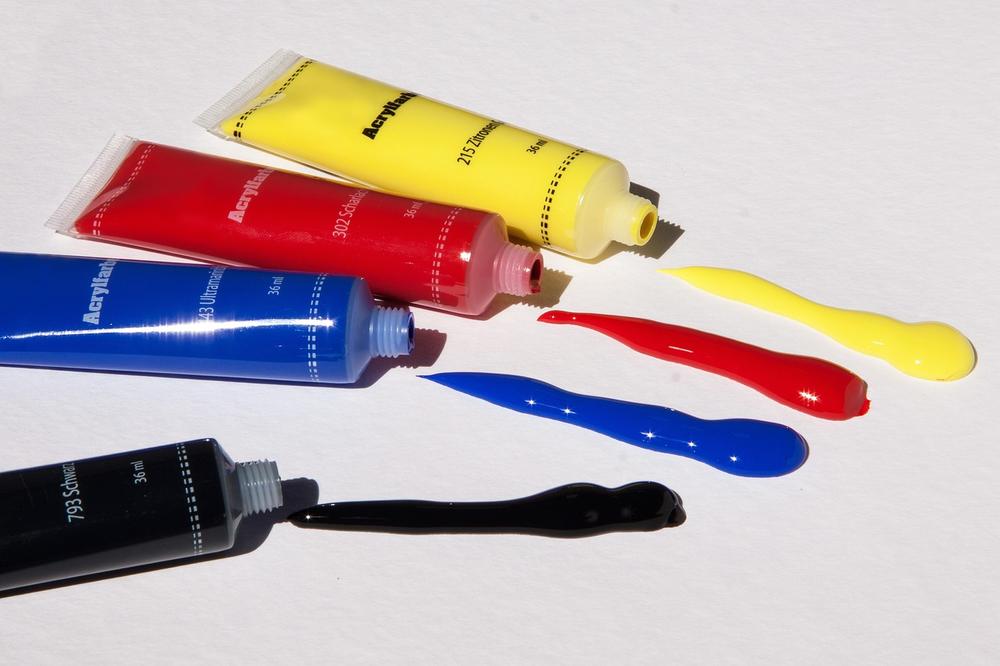
They might be curious little rascals, but we don't want them stepping in paint and tracking it all over the place. Or even worse, giving their cute little paw a taste test.
Keep your cats in a separate room during painting time or use barriers to barricade them from the painting area. Safety first, my friends!
And be sure to store your paint and painting materials out of reach so your kitty won't go on an exploration frenzy or mistake paint for a fancy snack.
Good news!
There are safer alternatives out there, so you might want to consider those if you've got feline friends roaming around.
Be mindful, too, that cats may accidentally groom off acrylic paint from their fur. So, keep this stuff out of their paws-reach and ensure their safety.
Now, get out there and paint those worlds, full of color, with peace of mind!
Main points I'll expand upon further down this article:
- Acrylic paint can contain carcinogenic substances and lead.
- Water-based paints like latex and artist paints are generally safe.
- Oil paints with volatile organic compounds (VOCs) can be more dangerous.
- Small amounts of acrylic paint or paint water are typically nontoxic.
- Ingesting a significant amount of acrylic paint can cause symptoms like nausea and vomiting.
- Seeking immediate veterinary attention is crucial if a cat ingests acrylic paint.
- Acrylic paint is water-based, dries quickly, and has a mild odor.
- Some colors of acrylic paint may contain hazardous chemicals.
- Precautions should be taken when using acrylic paint around cats.
- Proper ventilation and safety measures are important when painting with cats present.
But did you know that not all types of paint are safe for cats?
Well, I've got some important information to share with you about wall paint and the potential harm it can cause to your feline friends.
So, let's dive in and explore this curious cat's paradise of paint!
Is Wall Paint Toxic to Cats?
Cats can be affected by wall paint, which contains harmful substances like volatile organic compounds (VOCs) and lead. VOCs are carcinogens often present in oil-based paints, unlike water-based options such as latex and artist paints, which are generally safe for our feline friends. To ensure your cat's well-being, you should be conscientious about checking paint labels for toxins.
Also, you must keep cats away from wet paint and the fumes it releases into the air.
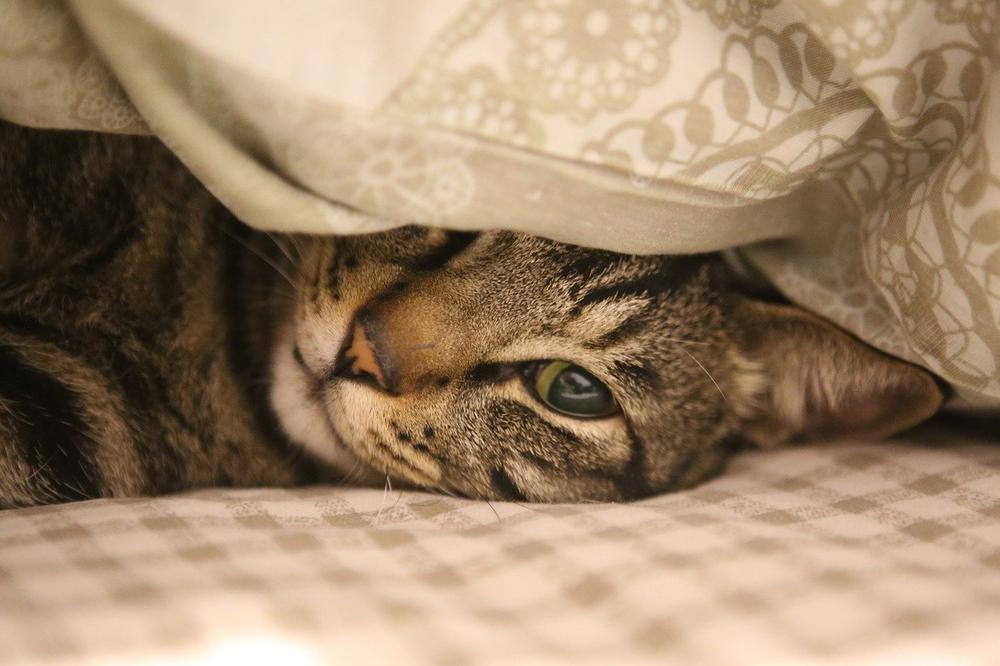
Though there isn't a specific quantity of paint deemed toxic, remember that paints containing lead pose significant health risks to our beloved feline companions.
And speaking of household hazards, there's one more important topic worth mentioning.
When it comes to ensuring the complete safety of your feline companion, I always have your back.
That's why in my article Is Fittonia Toxic to Cats, I tackle the concern of keeping our curious friends away from potentially harmful plants.
What Happens if a Cat Eats Wall Paint?
Small amounts of paint are usually harmless to cats
If you're a cat lover like me, you may worry when your curious kitty stumbles upon a can of wall paint.
But don't panic!
I want you to know that if they happen to consume small amounts of acrylic paint or paint water, it's typically not harmful to them.
Significant paint ingestion can lead to serious symptoms
Now let's imagine your mischievous furball decides to take a bigger bite out of the paint can than you anticipated. Well, in that case, you should be aware that ingesting a significant amount of acrylic paint can cause some unpleasant symptoms for your beloved pet.
They might experience nausea, difficulty breathing, abdominal pain, an upset tummy, and even potential liver damage.
Don't ignore the signs - seek veterinary attention
It's crucial for you, as a loving and responsible cat parent, to watch out for common signs that indicate your cat has consumed paint.
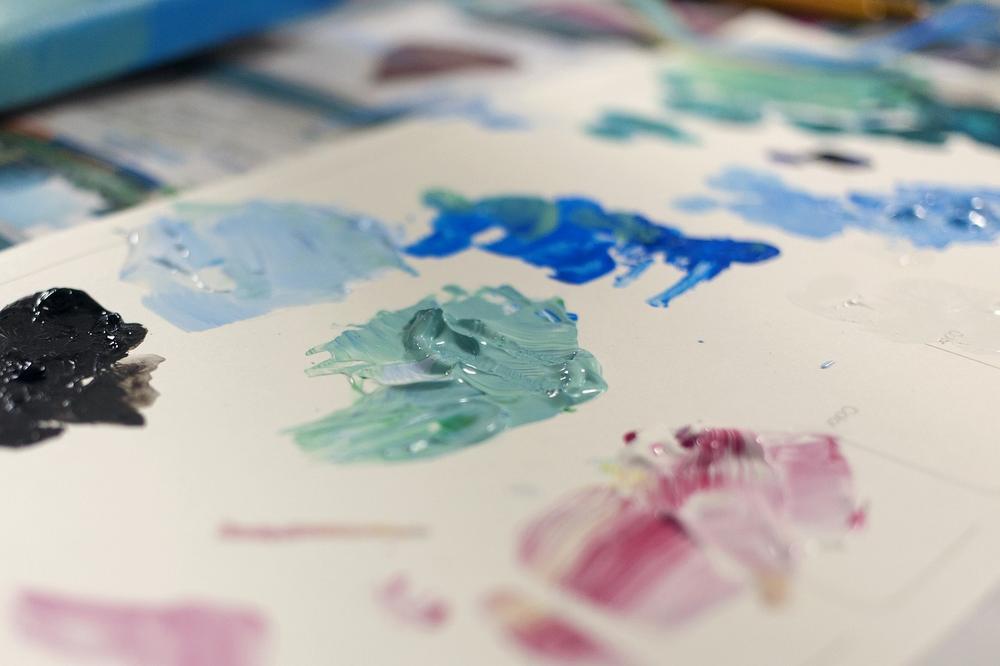
If you notice vomiting, diarrhea, excessive drooling, or if they start pawing at their mouth or face, do not ignore these symptoms. Seek immediate veterinary attention for your furry friend's well-being and fast recovery.
The treatment options will depend on the severity of your cat's condition, but they could involve activated charcoal, fluids, laxatives, antibiotics, or even surgery in severe cases. So please, reach out to your vet without hesitation if you suspect your cat has ingested paint.
Stay vigilant, dear cat parents, and make sure to keep those tempting paint cans out of your kitty's reach to avoid any unfortunate accidents.
Furthermore, if you're a concerned cat parent like me and want to ensure the well-being of your furry friend, it's always good to be prepared for any potential dangers.
That's why I encourage you to educate yourself and learn about the potential hazards that certain household items may pose to your feline companion.
If you'd like to find out more about the toxicity of common plants and flowers, such as tulips, I highly recommend checking out Are Tulips Poisonous for Cats, my comprehensive guide that provides insights into the symptoms, causes, and diagnosis of tulip poisoning in cats.
What to Look for in Acrylic Paints That Are Safe for Cats
When painting around cats, many artists choose acrylic paint because it dries quickly and doesn't have a strong smell.
However, you need to be careful and make sure the acrylic paints you use are safe for your furry friends.
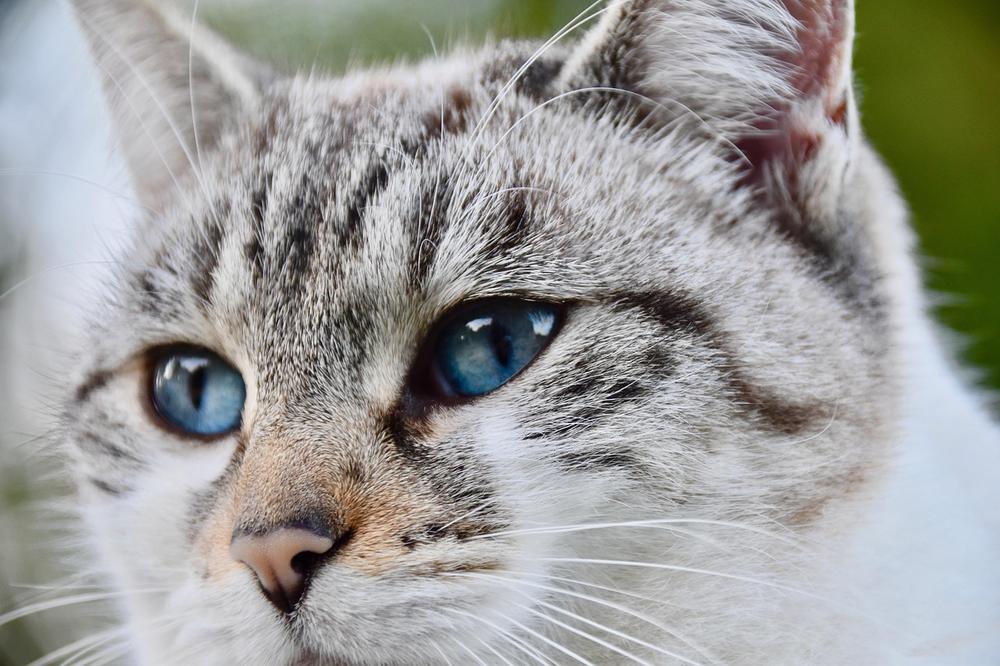
Here's what you should keep in mind:
- Take the time to read the labels on acrylic paint containers. Some colors might contain harmful chemicals that could harm your cat.
- Wear gloves coated with nitrile while using acrylics to protect your skin.
- Store your acrylic paint supplies in a secure place where curious cats can't reach them.
- Make sure there's good ventilation in your workspace so that cats don't breathe in any fumes.
- Be present and supervise whenever you're painting with cats to prevent them from accidentally ingesting or coming into contact with the acrylic paint.
- Consider using non-toxic options like water-based paints, natural clay-based paints, or pet-safe spray paints. 🐾
- Look for acrylic paint brands that have low levels of volatile organic compounds (VOCs).
- Dispose of any unused acrylic paint properly following your local waste disposal guidelines.
Acrylic paint is forgiving and easy to work with, but always put the safety of your cats first by choosing non-toxic options.
And now, let's uncover the hidden dangers of acrylic paint that can pose serious risks to your beloved feline companions.
Stay tuned to discover the surprising effects and precautions you need to take when using this popular painting medium around cats...
Are Paint Fumes OK for Cats?
Are acrylic paint fumes harmful to cats?
Here's what you need to know.
Paint fumes can cause respiratory issues for your cats.
Don't risk them wheezing and coughing because of those toxic fumes.
Prioritize proper ventilation in the room where you're painting, ensuring airflow is key.
Open windows or turn on fans to help dissipate harmful fumes.
Keep your cats away from freshly painted areas until the paint smell has completely vanished to prevent exposure to dangerous substances.
Protect their little lungs and keep them safe.
When it comes to paint selection, if you prefer airbrushing techniques, go for airbrush or aerosol spray paints.
However, always take proper precautions when using them indoors.
Those fumes should not be underestimated.
Be extra careful with acrylic and oil-based paints as they may contain toxic fumes.
Ventilation becomes crucial.
Take protective measures and ensure your cats are far away from these strong-smelling products.
Extra steps like covering exposed paint water and using deterrent sprays can also help in keeping cats away from freshly painted areas.
If there are cats in your house, opt for non-toxic paint options and prioritize good ventilation.
Acrylic paint, once fully dried and no longer emitting harmful fumes, is generally safe for pets, including cats. However, be cautious with water-based paints as they might contain toxins.
Prevent your furry friends from inhaling acrylic paint by avoiding unpleasant symptoms such as itchy skin, red eyes, breathing difficulties, nausea, vomiting, and discomfort.
Aim for their well-being.
Regular or large quantities of inhaled acrylic paint can have even more severe effects on cats, potentially leading to asthma, bronchitis, headaches, fatigue, and possibly cancer or kidney disease.
It's better to be safe than sorry.
For any concerns about your cat inhaling acrylic paint, move them to fresh air immediately and seek professional help if the paint was intentionally swallowed. Treatment may involve antibiotics, oxygen therapy, corticosteroids, specialized shampoos, and washes.
Bear in mind that airbrushing or sanding with acrylic paints can release harmful particles into the air, impacting both humans and cats if inhaled.
Be cautious and take necessary precautions to protect everyone involved. Prioritize safety above all else.
Ensure your precious feline companions can breathe easy by keeping them away from paint fumes. Let's keep them happy and healthy!
How Do You Get Acrylic Paint Off a Cat’s Paw?
Removing acrylic paint from your cat's paw may seem impossible. Don't worry, I'm here to help with a simple step-by-step guide just for you.
- First things first, stay cool. Cats are sensitive and can pick up on your anxiety.
- Act fast. Wet paint is easier to deal with than dry, so time is key.
- Gently wipe off any excess paint using a damp cloth or paper towel. Be gentle to avoid irritating the paw.
- Now, use some oil to loosen the paint. Olive oil or baby oil will work wonders. Just apply a small amount and gently massage it in.
- Once the paint is softened, wash the paw with warm water and mild soap. This will help break down the paint even more.
- Rinse thoroughly to make sure all the paint and oil residue is gone.
- Take a good look at the paw to see if any paint remains. If there are still traces, repeat steps 4-6 until it's clean.
- If the paint is stubbornly stuck to the fur, use a pet-safe shampoo or conditioner after the initial cleaning for extra help in getting rid of it.
- Finally, pat the paw dry with a soft towel.
Just bear in mind, acrylic paint can be harmful if swallowed, so act quickly and carefully!
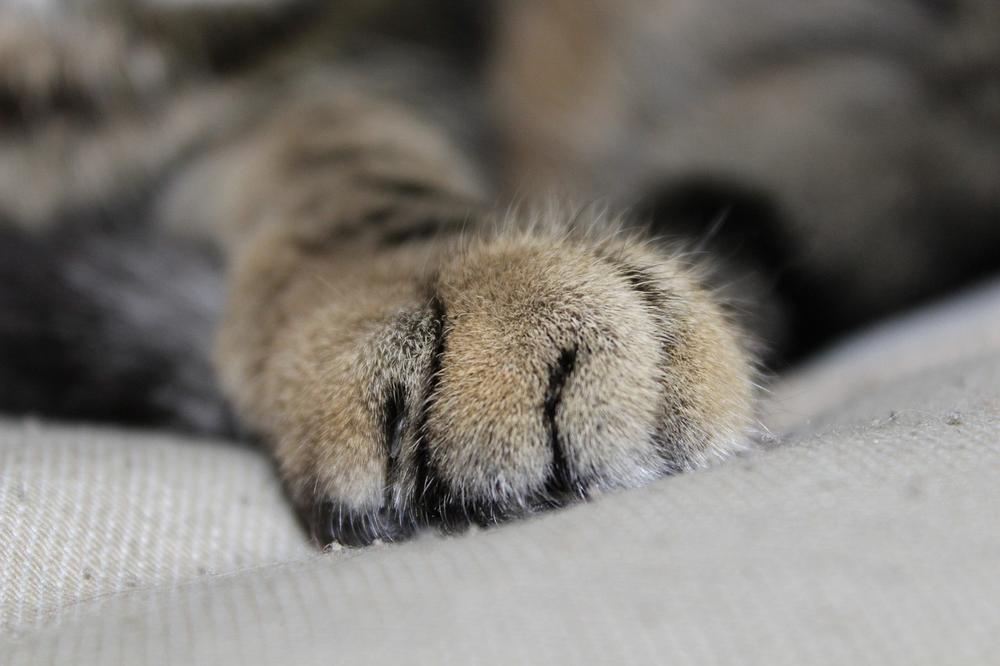
You've got this under control! 😺
And that wraps up today's article.
If you wish to read more of my useful articles, I recommend you check out some of these: Can You Use Human Shampoo on Cats, Pregnant Cat Flea Treatment, Are Philodendron Toxic to Cats, Are Alstroemeria Poisonous to Cats, and Can Cats Get Fleas in the Winter
Talk soon,
-Sarah Davis